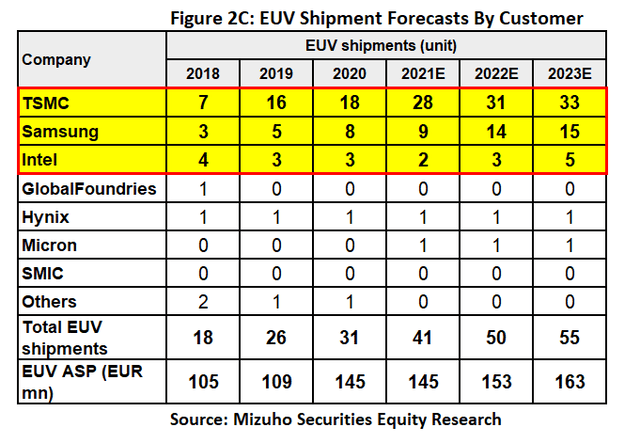TSMC emphasized the extensive use of EUV with this process. It’s worth pointing out that this is really TSMC’s first ‘main’ EUV-based process. TSMC
N7 and
N7P nodes are DUV-based. TSMC first production EUV process is the
N7+ but that node is really an orphan – not compatible with the prior nodes and no clear migration path forward other than going back to this node. On the other hand, N5 is designed as the main migration path from N7 for most customers.
TSMC says that more than 10 EUV layers are used to replace at least 4 times more immersion layers at cut, contact, via and metal line steps. This is comparing their EUV-based N5 node to a hypothetical N5 node that utilizes multi-patterning.



